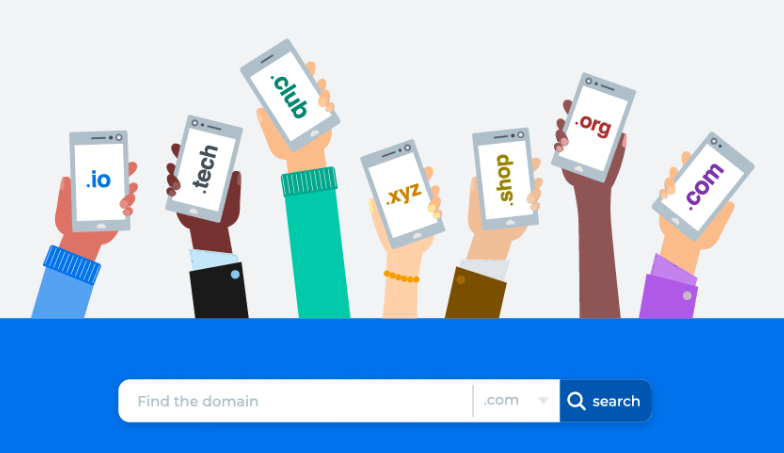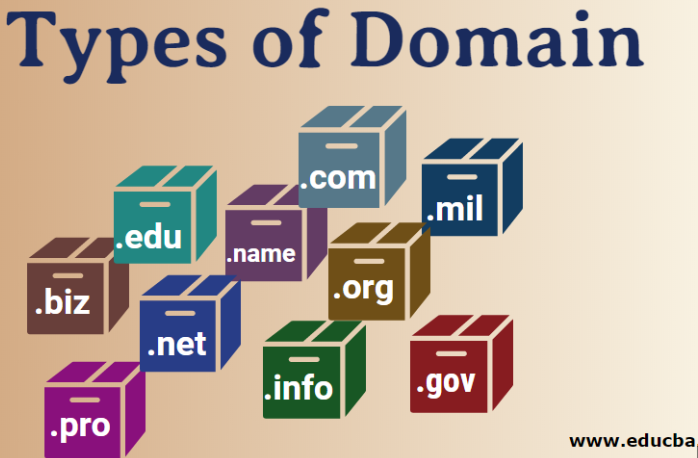In today’s digital age, a website is often the first point of contact between a business or individual and their audience. Choosing the right domain name is crucial, as it not only represents your online identity but also affects your website’s search engine ranking and overall success. There are various types of website domains to consider, each with its unique characteristics and purposes. In this article, we will delve into five common types of website domains, shedding light on their distinct features and when to use them.
Generic Top-Level Domains (gTLDs)
Generic Top-Level Domains (gTLDs) serve as the internet’s most widely recognized and commonly used domain extensions. These encompass familiar choices like .com, .org, .net, and .info. gTLDs offer versatility, catering to a wide array of websites, from e-commerce platforms to personal blogs. The .com extension, specifically, maintains its status as a global standard for business websites, renowned for its credibility and trustworthiness, rendering it an optimal choice for commercial enterprises. In contrast, .org continues to be closely linked with non-profit organizations, while .net remains a favored option among network-related businesses.
Country Code Top-Level Domains (ccTLDs)
Country Code Top-Level Domains, or ccTLDs, are specific to individual countries or territories. They are designed to indicate the geographical origin of a website. For example, .uk stands for the United Kingdom, .ca represents Canada, and .jp denotes Japan. Using a ccTLD can be advantageous for businesses or organizations with a strong local presence, as it can boost their search engine ranking within the targeted region. However, it may limit the website’s international appeal, so it’s important to choose wisely based on your target audience.
Website Domains

Sponsored Top-Level Domains (sTLDs)
Sponsored Top-Level Domains (sTLDs) represent domain extensions typically restricted to specific communities, organizations, or industries. Examples include .gov for government websites, .edu for educational institutions, and .museum for museums and cultural institutions. These domains serve as a clear indicator of the website’s purpose and authority within its niche. For instance, a .edu domain assures visitors that they are accessing an accredited educational institution’s website, which can enhance trust and credibility.
New Generic Top-Level Domains (new gTLDs)
In recent years, the domain landscape has expanded significantly with the introduction of new Generic Top-Level Domains, or new gTLDs. These extensions are more specific and diverse, catering to various industries and interests. Examples include .blog for bloggers, .app for mobile applications, and .guru for experts in various fields. New gTLDs offer greater flexibility in finding a domain name that aligns perfectly with your website’s content or purpose. However, they may not have the same level of recognition as traditional gTLDs like .com, so careful consideration is necessary when choosing one.
Brand Top-Level Domains (brand TLDs)
Brand Top-Level Domains, or brand TLDs, are a relatively new addition to the domain name landscape. They allow businesses to use their brand name as a domain extension, creating a unique and highly recognizable web address. For example, Apple uses .apple for its website, and Google uses .google. This approach can reinforce brand identity and make it easier for customers to find your website. Nonetheless, brand Top-Level Domains (TLDs) typically get reserved for well-established firms with substantial resources. This is because they demand a significant investment and management commitment.
Conclusion
Choosing the right website domain is a critical decision that can significantly impact your online presence and success. Understanding the various types of website domains, from gTLDs and ccTLDs to sTLDs, new gTLDs, and brand TLDs, is essential in making an informed choice. Consider your website’s purpose, target audience, and geographical reach when selecting a domain extension. By doing so, you can create a memorable and effective online identity that resonates with your audience. As we as enhancing your website’s visibility and credibility on the web.

